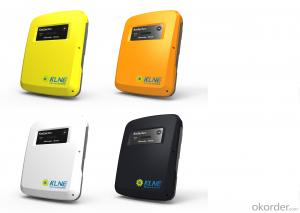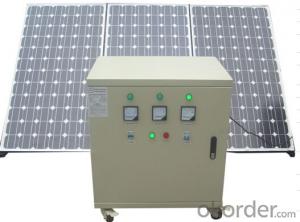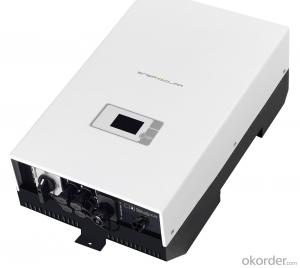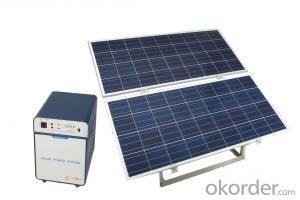Off Grid Solar Inverter 1000w
Off Grid Solar Inverter 1000w Related Searches
Best Solar Inverter For Rv Mini Solar Inverter For Home Solar Inverter Cost For Home Inverter For Home Solar Cover For Solar Inverter Solar Battery For Inverter Wifi Device For Solar Inverter Inverter For Off Grid Solar Hs Code For Solar Inverter Canopy For Solar InverterHot Searches
Aluminium Wire Mesh Manufacturers India Ceiling Fan Lowest Price Aluminium Scaffold Planks Sale Aluminium Walkway Mesh Prices Aluminum Bar Stock For Sale High Mast Light Price List Solar High Mast Light Specification High Mast Light Specification 6061 Aluminum Bar Stock Price Aluminum Bar Stock Price Stage Light Price Solar Inverter Fault Light Led Light Manufacturers Aluminum Round Bar Stock Sizes Aluminum Round Bar Stock Near Me Ceiling Fan Lowest Price Aluminum Flat Bar Stock Near Me Aluminum Bar Stock Sizes Aluminum Bar Stock Suppliers Aluminum Bar Stock Near MeOff Grid Solar Inverter 1000w Supplier & Manufacturer from China
Okorder.com is a professional Off Grid Solar Inverter 1000w supplier & manufacturer, offers integrated one-stop services including real-time quoting and online cargo tracking. We are funded by CNBM Group, a Fortune 500 enterprise and the largest Off Grid Solar Inverter 1000w firm in China.Hot Products
FAQ
- Yes, a solar inverter can be used in systems with different module voltages. Solar inverters are designed to convert the direct current (DC) generated by solar panels into alternating current (AC) that can be used in the electrical grid or for powering appliances. They are equipped with maximum power point tracking (MPPT) technology, which allows them to adjust and optimize the voltage and current output to match the specific voltage requirements of the solar panels. This flexibility enables solar inverters to work efficiently with various module voltages, making them compatible with different solar system configurations.
- Yes, a solar inverter can be used with a backup power supply (UPS). The solar inverter can convert the direct current (DC) power generated by the solar panels into alternating current (AC) power, which can then be used to charge the backup power supply. This allows for a continuous power supply even when the solar panels are not generating electricity, ensuring uninterrupted power during power outages or when solar energy is insufficient.
- The potential risks of overheating a solar inverter include reduced efficiency and performance, increased wear and tear on components, shortened lifespan of the inverter, potential damage to internal circuitry, and even the risk of fire.
- Solar inverters can generally be used in areas that experience high temperature fluctuations. These inverters are designed to function within a wide temperature range, usually between -20°C to 50°C (-4°F to 122°F), depending on the model. They incorporate temperature protection mechanisms to guarantee their durability and functionality, even in the face of extreme temperature variations. However, it is essential to acknowledge that prolonged exposure to extreme temperatures at the upper or lower limits of their operating range may impact the inverter's performance and lifespan. Consequently, it is crucial to install them correctly and perform regular maintenance to ensure optimal performance in regions with significant temperature fluctuations.
- Yes, there are government regulations and certifications for solar inverters. In many countries, solar inverters must comply with specific standards and regulations set by government bodies. Additionally, various certifications such as International Electrotechnical Commission (IEC) standards, UL listing, and CE marking are commonly required to ensure the safety, performance, and interoperability of solar inverters.
- The maximum DC input voltage for a solar inverter typically depends on the specific model and manufacturer. However, in general, most solar inverters have a maximum DC input voltage ranging from 600 to 1000 volts.
- The role of a solar inverter in a solar-powered remote monitoring system is to convert the direct current (DC) electricity generated by the solar panels into alternating current (AC) electricity that can be used to power the monitoring system. It also ensures that the electricity generated matches the requirements of the monitoring equipment, regulates the voltage, and assists in efficient power transmission and distribution.
- Yes, there are various government incentives and rebates available for solar inverters. These incentives vary from country to country and even within different regions. They can include tax credits, grants, and rebates offered by federal, state, or local governments. It is recommended to check with relevant government agencies or consult with a solar installer to determine the specific incentives available in the desired location.












































